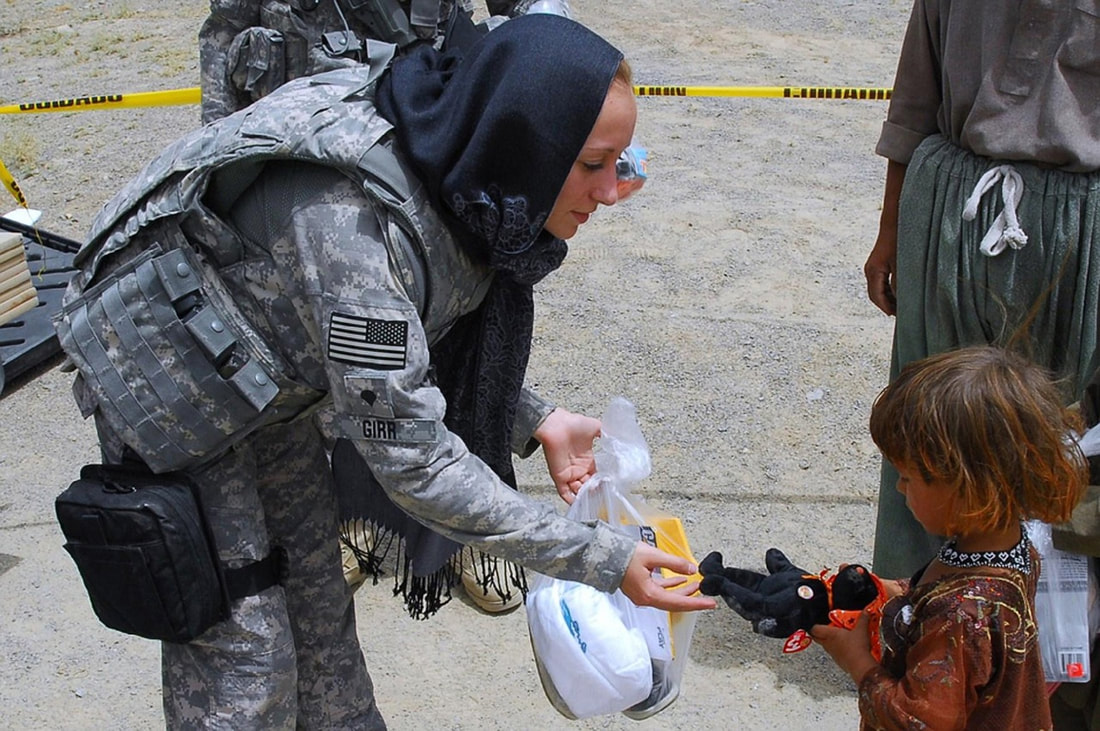What you believe your product is worth, isn’t always what the customer wants to pay, and especially if they’re a multinational corporation, and you’re…not.
It’s often tempting for service businesses to think of their pricing as simple units of money by time, for example, and that’s what the purchasing people would like to believe. It makes it easy for them. And to be sure, someone will always price their services that way. But in a knowledge-based business, clients are also paying for your experience – your ability to understand the situation from a specific perspective, or as Steve Pulver, the speaker at last night’s #Medventions session at Sunnybrook Health Sciences Centre described it, your ability to “see around corners”. That’s why you need to build a value story that they can understand. You need to avoid the price spiral. It’s the same thing if you are building a complex new technology, or a medication. “Cost plus” is not the right model for either of those things.
So how do you decide how to set your price? There are a few simple rules of thumb. You do still need to start with costs. What does it cost to produce the product or service (raw materials, manufacturing, time researching, meeting, writing reports)? What are your overheads or fixed costs (rent, salaries, keeping the lights on)? Beyond that, you will need to look at competitors. Their pricing will give you a good idea of what the market will bear, unless your aim is to be much cheaper (because you’ve found a way to do that) or faster (there should be a premium for that) or higher quality (maybe, just maybe the customer will pay for that). Those are all good places to start, if there’s a known benchmark. What if there’s not? What if you’re doing (or you’ve invented or discovered) something completely new?
Then you need to start with the costs, above, and begin to think more abstractly about your value proposition, what the product is worth, and what levers you can work with. If you have a medical device, for example, start by thinking about other similar medical problems that are addressed in terms of the incidence and prevalence of the issue, the number of patients impacted, the cost of not treating (the “opportunity cost”). You’ll need to use some triangulation if there isn’t readily available data. Then the real work begins.
Consider these questions when you’re setting your price, and thinking about what customers will pay…
How serious is the pain? Is it more like an annoying itch, or is it a raging migraine? Thinking about how serious the pain is, will allow you to think about how much the customer will pay to solve it.
What is the consequence of not solving the problem? (How big is the risk to the customer? If it’s a medical problem, can it be fatal, or permanently disabling?)
How far in the future will the consequence occur? (It’s really hard to get someone young to understand why they might want to pay for life insurance)
And lastly, how often do they have the pain? If it’s episodic, occurring at regular intervals, but never really going away, they may not pay as much (in between, they can live with it). If it’s chronic and severe at the same time, they’ll keep paying and paying for relief (in which case, maybe a subscription model is a good idea). And if it might only occur once – but the risks of not solving it are extreme, you need to make all your money at once, and they just may be willing to pay a premium.
It’s not always dollars by time. Pricing is a much more complex story than that. But it’s worth spending time to figure out. In fact, your business depends on it.
I’m Megann Willson and I’m one of the Partners here at PANOPTIKA. We help our customers in complex businesses to see everything they need to know to make better decisions, so they can build and grow. You can also find us on LinkedIn, Twitter, and Facebook. Or you can sign up for regular news you can use, with the handy button below.









